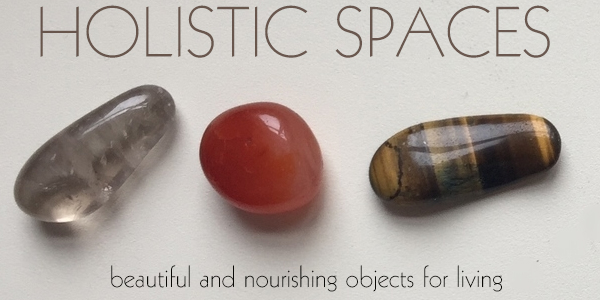Thinking about using blue in your home? You’re not alone. The color of water and sky is universally popular. Blue is consistently regarded as the color most people prefer.
Blue is a complex and sometimes contradictory color, yet it is rich with rewards — if you know how to use it. There are many shades of blue, so which do you choose?
The Many Moods of Blue
Finding the right blue is determined by matching the tone or shade to the occasion. Let’s explore some of blue’s moods so that we can find the right shade of blue for you and your room.
• On the dark end of the spectrum, blue invokes trust, intelligence, and authority.
• A bright blue, in the middle of the spectrum, can suggest cleanliness (thanks to associations with water), strength, or dependability.
• At the light end of the spectrum, a ‘sky’ blue can inspire feelings of serenity and calm.
If you’re thinking about how you can use blue, let’s talk first about the room in question and match the use of that room with specific characteristics of blue.
Putting Blue to Work for You
When choosing blue for a space, be sure that the room’s function matches the color’s tone.
If the room is one in which mental stimulation is required, like an office, try a brighter blue – on the darker end of the spectrum. It will help to create an engaging and dynamic mood for the room. From a color psychology perspective, blue is reliable and responsible, so if you want to take on those qualities, work in a darker blue room.
If you have a room in which calm or peace is desired (bathroom, yoga or meditation room), opt for a light ‘sky’ blue. Pale blue can actually lower pulse rate and body temperature, evoking feelings of relaxation. There’s a reason that so many spas include blue in their color palettes!
If you are thinking of painting your kitchen or dining room blue, remember the physical effects of this color. Because it relaxes the body and lowers pulse rate, it is also reducing metabolism. So food may not taste as good in a blue room. And since blue is rarely seen in fruits and vegetables, it is not thought of as an appetizing color. If blue is your choice for eating areas, try placing blue accessories around the room: rugs, seat cushions, placemats, plates, glassware, vases and flowers. You may find that this is ‘blue enough’ for you.
From ‘blue ribbon’ prizes and IBM’s supercomputer Deep Blue, to the Blue Room in the White House, there are many great reasons for using this soothing color.





